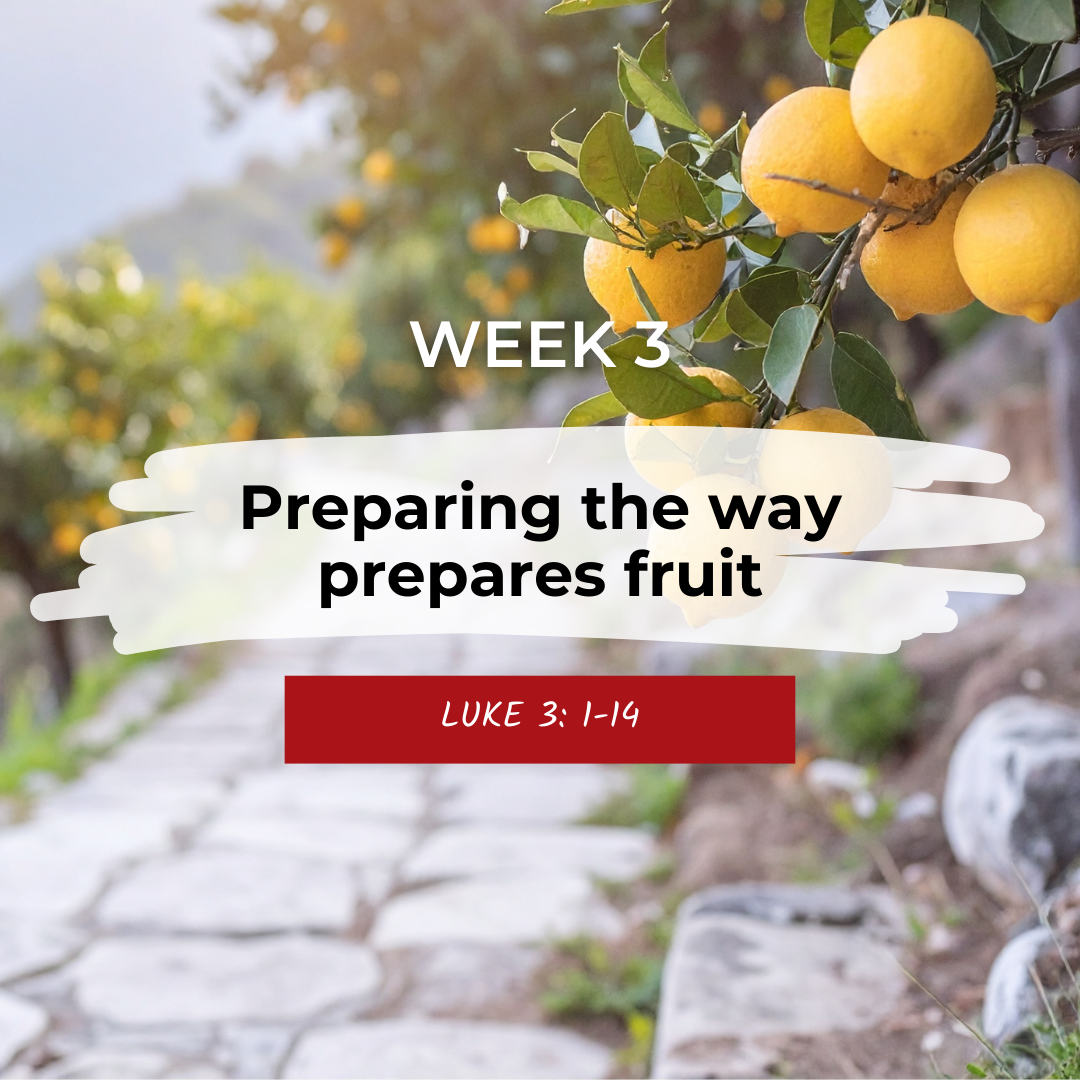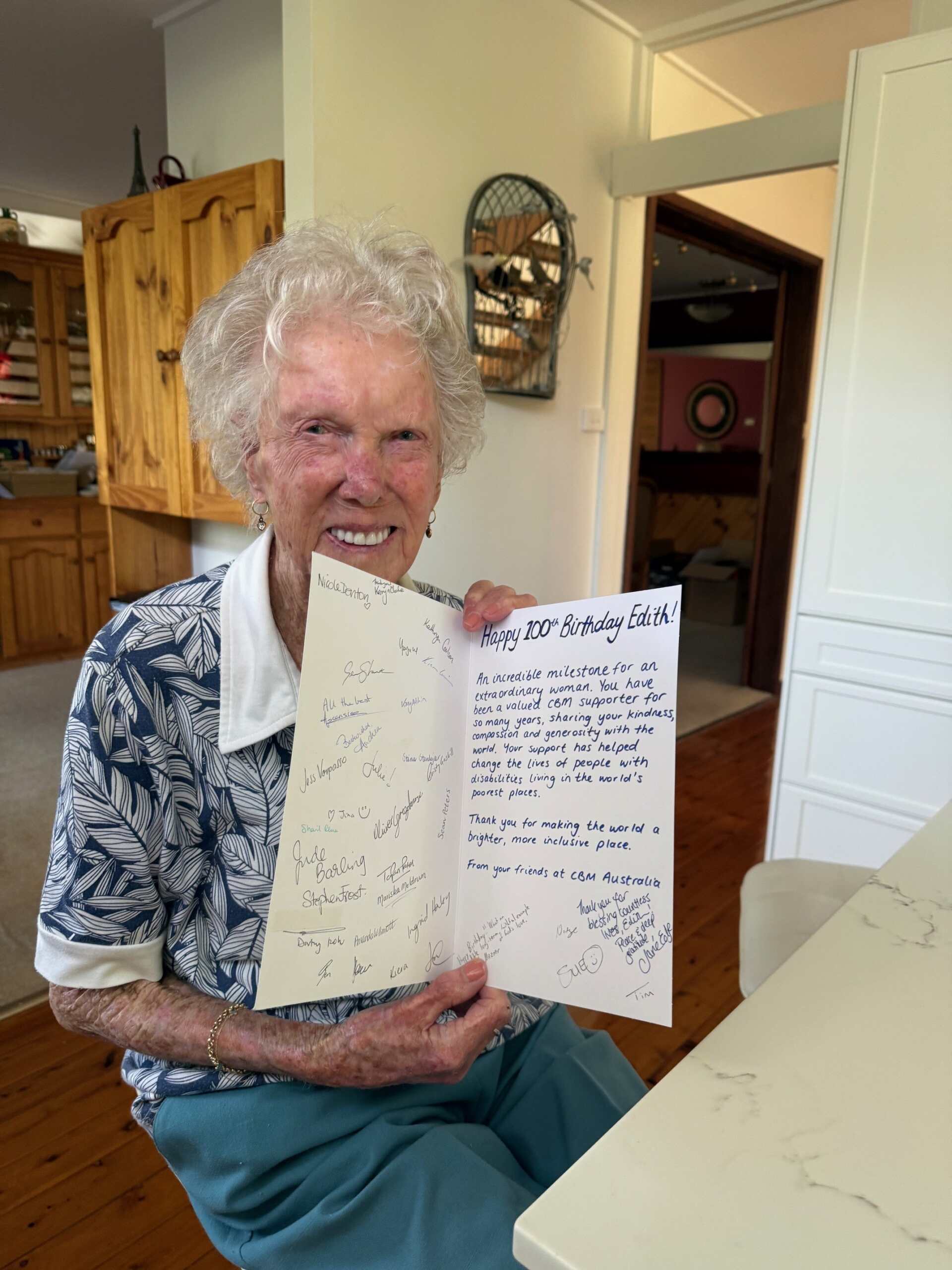CBID program in The Philippines
Stories | February 17, 2022
Gerald learned how to run a small business as an electronic technician in the Philippines. Every year, CBM and local partners support thousands of people like Gerald to earn a living, access services and have a voice in their local communities, as part of our Community Based Inclusive Development (CBID) programs.
In 2019, we conducted an inquiry looking at how CBID happens around the world. Here’s a look at some of the common features we found.
The top 8 features of Community Based Inclusive Development programs
CBM Australia conducted an inquiry to better understand how CBID happens, and how this differs according to country. We looked at examples of how CBID has developed and is functioning in the Philippines, Nicaragua, Cameroon, Papua New Guinea and India. We noticed that, no matter the location, there are still some common threads:
1. CBID supports individuals. Approaches have to meet the needs of individuals with a disability. Identifying people with disabilities in community, who are often hidden away, is the first step. Connecting them with others comes next. Tackling discrimination and stigma is often the biggest hurdle when beginning to work in a community.
2. CBID works to improve systems. The focus here differs depending on the context, but there always needs to be a focus on engaging government to improve systems and policies. Starting points are usually with local governments.
3. CBID programs often start with a focus on a single sector but expand over time. The initial focus often draws on the expertise of the implementing agencies and expands as momentum and cross-sector coordination develops.
4. A CBID approach links to existing systems and services and tries to strengthen them so that they are more disability inclusive. CBID does not create parallel systems or set up alternative institutions.
5. Non-Government Organisations are often the main instigators of CBID work. Formal and informal local networks are developed, so that families and individuals with disabilities are better supported by both local organisations, as well as neighbours and friends.
6. CBID approaches strengthen the disability movement and DPOs and support their objectives. Non-disabled allies implementing CBID understand the importance of meaningful consultation with people with disabilities and the leadership role the disability movement holds in advocating for disability rights.
7. CBID reinforces the Convention on the Rights of Persons with Disability. It emphasises rights. CBID works to ensure that both people with and without disabilities are aware of policies, laws and entitlements of people with disabilities.
8. Community mobilisation is critical, particularly in resource-poor settings. This means that communities are engaged in identifying how to address the needs of local women, men, girls and boys with disabilities, understand their priorities and resources, and working together to harness local capacity and ingenuity and strengthen local decision making processes.
https://www.cbm.org.au/stories/cbid-program-in-the-philippines
Related Stories

Advent 2025: Preparing the way produces fruit
John the Baptist called people to prepare for God’s presence through repentance and by producing fruit (acts of justice,...

From sports to advocacy – the journey of the Isiolo Umbrella Disability Group
The Promoting Inclusive Delivery of Eye Care (PRIDE) Project is a...

Edith turns 100 – A life of generosity and joy
On Saturday, 4 October, Edith’s family gathered to mark an incredible milestone in style. Surrounded by her children, grandchildren...
